10. When a Woman Ascends the Stairs (1960)
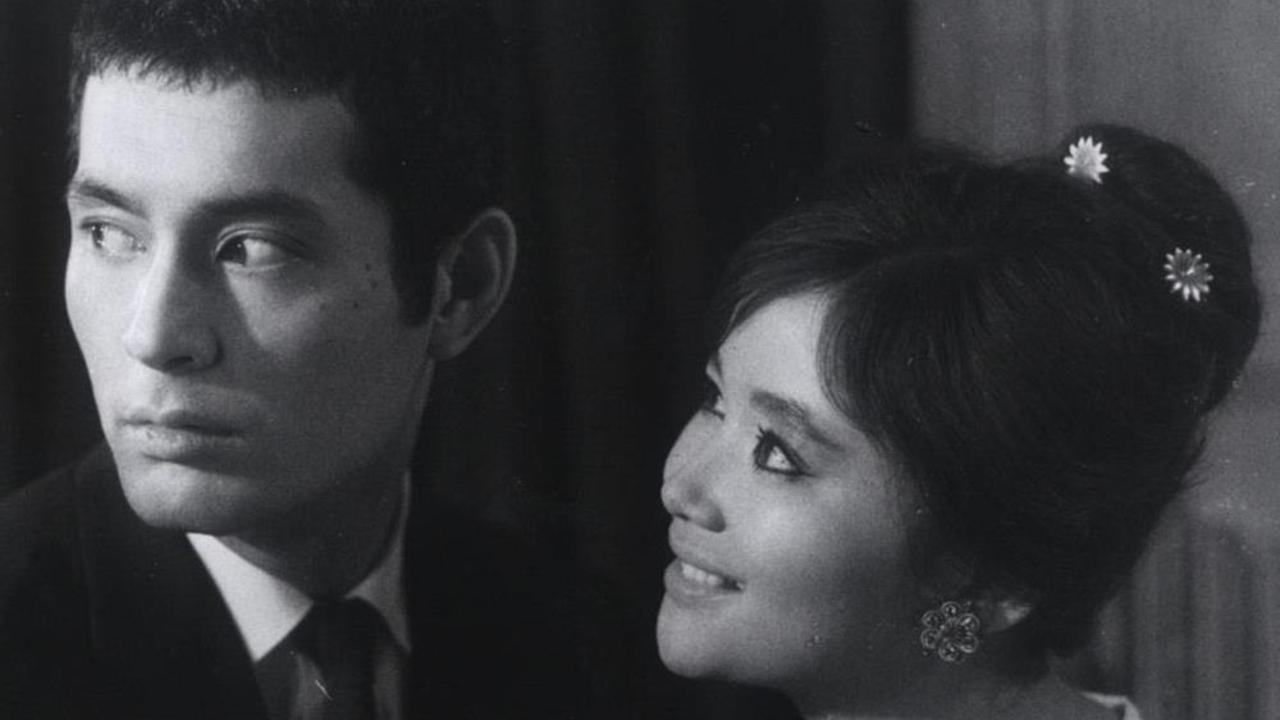
Mikio Naruse was a trailblazer of Japanese cinema, little known outside Japan; his films can be compared with the works of Yasuziro Ozu because they are family dramas. His films generally have female leads, with such great actresses like Hideko Takamine, Setsuko Hara and Kinuyo Tanaka.
Of course, Nakadai has a secondary role in this great film, playing the role of Takamine’s manager who is a widow and a nightclub hostess, who struggles to have a good status in a male-dominated society. It is a very different experience seeing Nakadai in this type of family melodrama set in a modern world that often portrayed as samurai of Jidaigeki era in so many films.
9. Samurai Rebellion (1967)
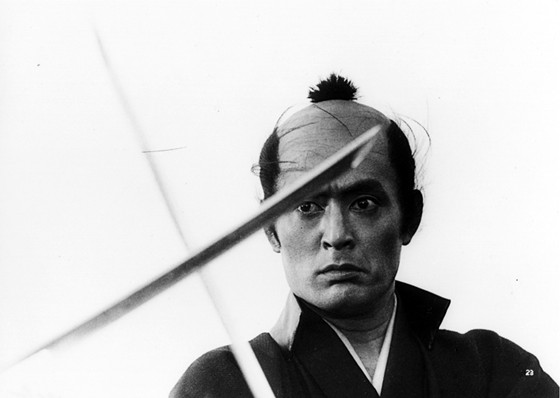
Another Kobayashi, Takemitsu and Nakadai collaboration, “Samurai Rebellion” is another masterpiece where Nakadai has a little role but a very good one, playing the role of a very good friend of Toshiro Mifune, but who also ends up being a rival in a specific circumstance. Mifune actually has a lead role here, but Nakadai also has an important role as someone who has the power to guard the border gates.
What interests viewers is that it is well known to all the people of their state that Mifune has only one rival he can compete with, and that person is Nakadai, but they never fight because of their deep friendship. For true warriors like them, their prestige and self-respect may be even more important. It is one of the greatest rebellion films ever made and Takemitsu’s soundtrack has the strangest power to affect audiences, perhaps just like how Kobayashi wants.
8. Kwaidan (1964)
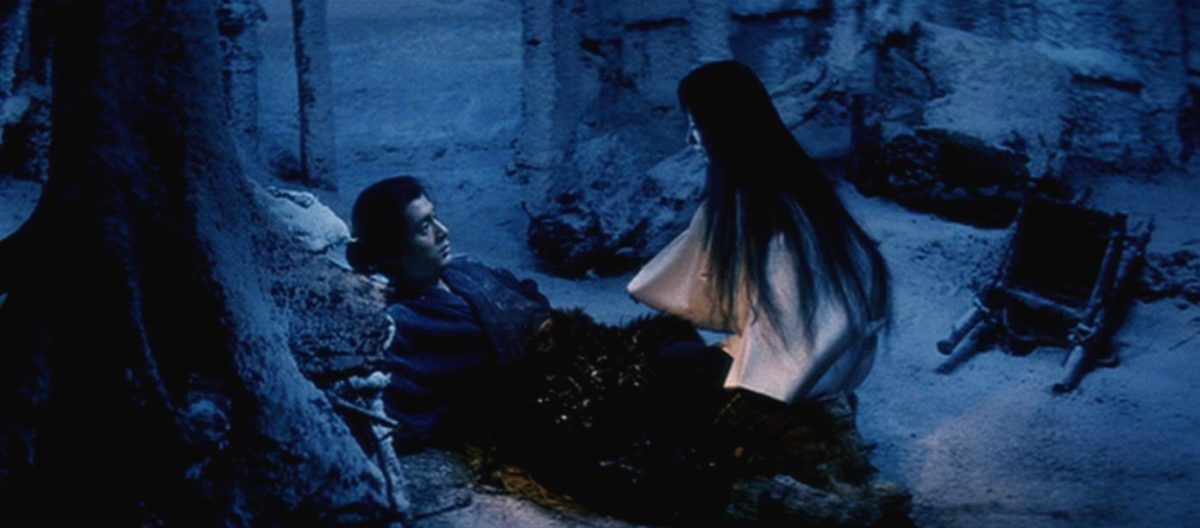
This film should be #1 if only for the quality of film, but Masaki Kobayashi’s masterpiece “Kwaidan” consists of four separate ghost stories from which Nakadai has only starred in one, “The Woman of the Snow”. Here, he played the role of an 18-year-old while he was 32. His performance is impeccable, playing a role of a boy who ends up seeing a snow-ghost who kills his friend, after which his life changes.
It is probably the most beautiful film from Japanese cinema, but is largely unseen and not very well known like Kobayashi’s other masterpieces “Harakiri” and “Samurai Rebellion”. Apart from Kobayashi’s direction and Yoshio Miyajima’s highly beautified and stylized cinematography, Toru Takemitsu’s soundtrack is the best element here, probably the best of his career.
7. The Human Condition (1959-1961)
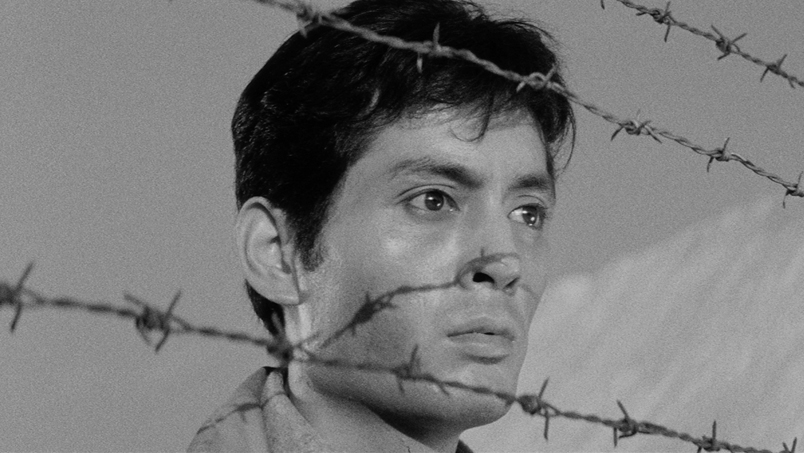
This is a trilogy that runs 9 hours 47 minutes long; one of the longest films ever made. But it one gives one of the best experiences if one has the patience to watch it. A rebellious film from the rebellious Kobayashi, though based on an autobiographical novel of the same name by Junpei Gomikawa, its story also resonates with Kobayashi’s own experiences during World War II, just like the rebellious protagonist named Kaji played by Nakadai.
Kobayashi said that he was Kaji and he always liked to rebel authority, which can be clearly seen in his other films like “Samurai Rebellion” and “Harakiri”. The whole story revolves around Kaji and he is everywhere in the film. It is Nakadai’s first lead role, which made him a star and led other directors to give him a chance in lead roles.
For that, this film is a breakthrough for him. In fact, Kobayashi is the very man who brought Nakadai to the film world and had featured him in his 11 films. Another great film by Kobayashi, it is unseen by many film buffs around the world for its lengthy duration, but it is unmissable.
6. The Face of Another (1966)
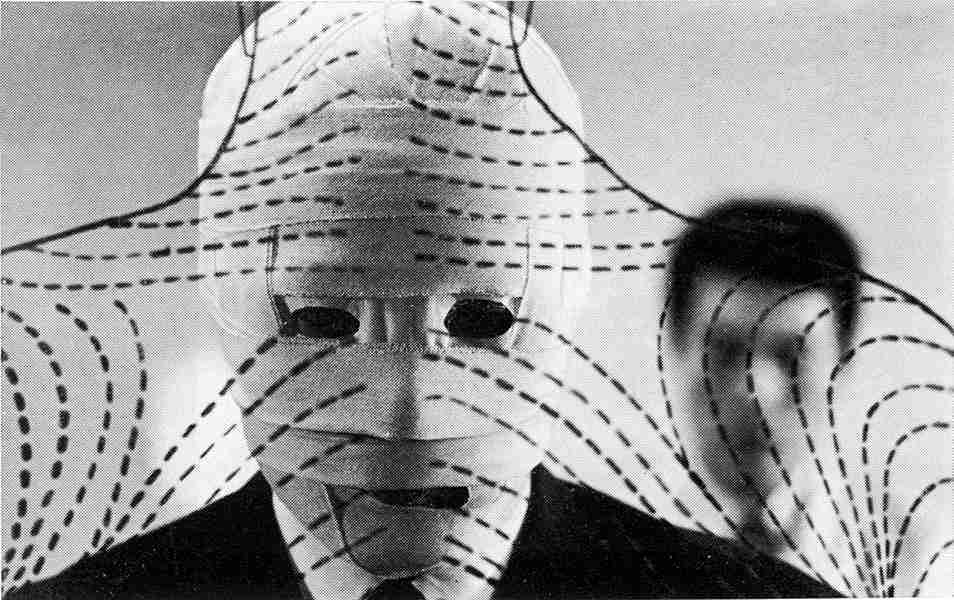
Well renowned for his undisputed masterpiece “Woman on the Dunes”, Hiroshi Teshigahara’s “The Face of Another” is the third in his trilogy; another is “Pitfall”. All three films are allegorical masterpieces consisting of various themes on human life. This one has themes on persona, identity, social relationships and how people are living.
Nakadai plays a man whose face is disfigured in an unspecified accident, who uses a mask of other people’s face, assuming his own face. His behavior and activities tells all about this film, which made critics assume various interpretations.
5. The Sword of Doom (1966)
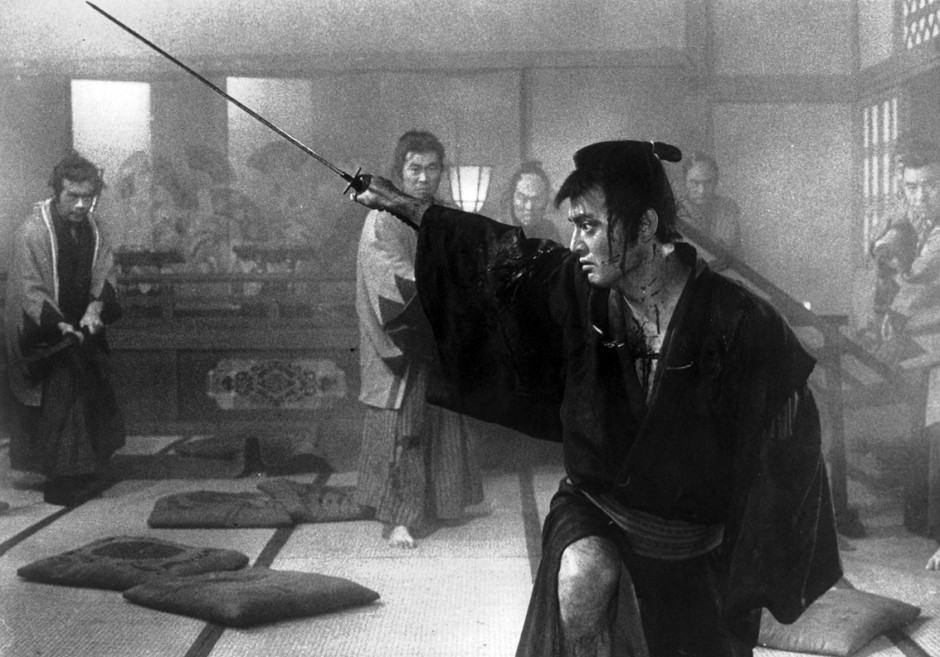
Probably the greatest action film ever made, Kihachi Okamoto’s masterpiece “The Sword of Doom” is about the evil mind and his sword. Nakadai has that evil mind; here he is a ruthless villain who doesn’t hesitate to kill anybody, old man or woman or child. He just has this evil mind and of course, his sword is evil, for the very center of the whole meditation of samurai is his sword. When samurais had accepted the Zen culture, they started to meditate assuming that the sword is the soul.
Toshiro Mifune, appearing as the rival of Nakadai in this film, says the same thing: “The sword is the soul. Study the soul to know the sword. Evil mind, evil sword”. The scene where Mifune said this dialogue and the related sword fight is one of the greatest scenes of the film history.
Just see how Mifune makes Nakadai perplexed and afraid, as well as the snowfall scenes and Mifune’s virile character and the masterful swordfight. And the soundtrack during this moment will leave you as perplexed and afraid as Nakadai. His own dialogue can explain his role: “I, Ryunosuke Tsukue, trust only my sword in this world. When I fight, I have no family”. It’s an unmissable and very less known samurai film.
4. Kagemusha (1980)
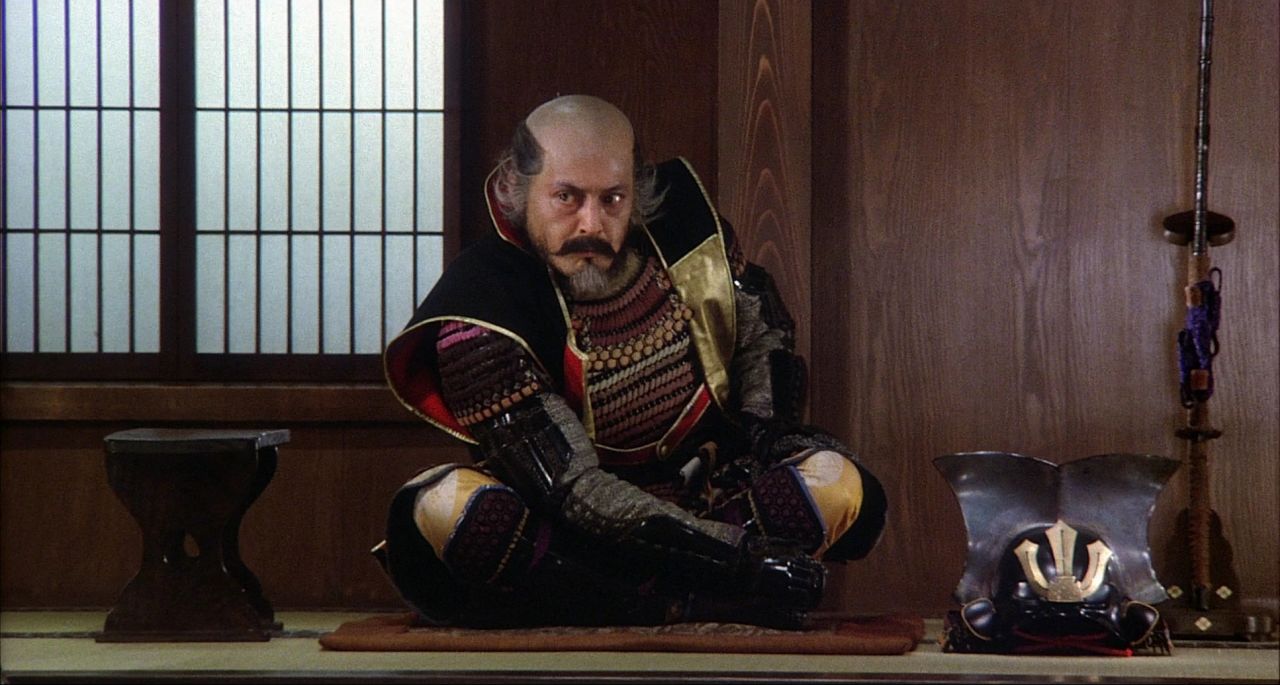
Defined somewhere as the warm-up of “Ran” by Kurosawa, “Kagemusha” is itself a great film, and a very interesting film for fans of Nakadai. Here he has double roles: a courageous, powerful and self-respecting daimyo, and a cowardly and mannerless thief, who is used by the daimyo’s men as his kagemusha (aka. shadow warrior). Nakadai not only gave justice to both roles, but also made this film great and memorable by his very performance. He is more like a king here than in “Ran”.
For the enemies of this brave daimyo, even the presence and information of him being alive is fearful. That’s the main reason he needs his double, but his enemies’ intelligence remains suspicious and they continuously try to find out the truth. The kagemusha also tries to appear as the very daimyo. Sometimes he fails, sometimes he succeeds. No spoiler here, just see this great film, a must watch Nakadai performance and film as well.
3. Ran (1985)

In this film, Nakadai played the role of a very old daimyo that is destroyed politically as well as mentally by his own wrong decisions, much like King Lear, a main influence for this film as well. Nakadai performs well as a powerful daimyo who becomes helpless and eventually goes mad.
Almost the entire story revolves around this foolish but self-respectful daimyo, who is the most interesting part of this film. It may be easier to play in this role for Nakadai since he was 53 when this was made, as well as a longtime actor, but to perform this strongly and brilliantly is his uncommon talent. Nihilism, karma and fate are the main themes of this film.
2. Harakiri (1962)
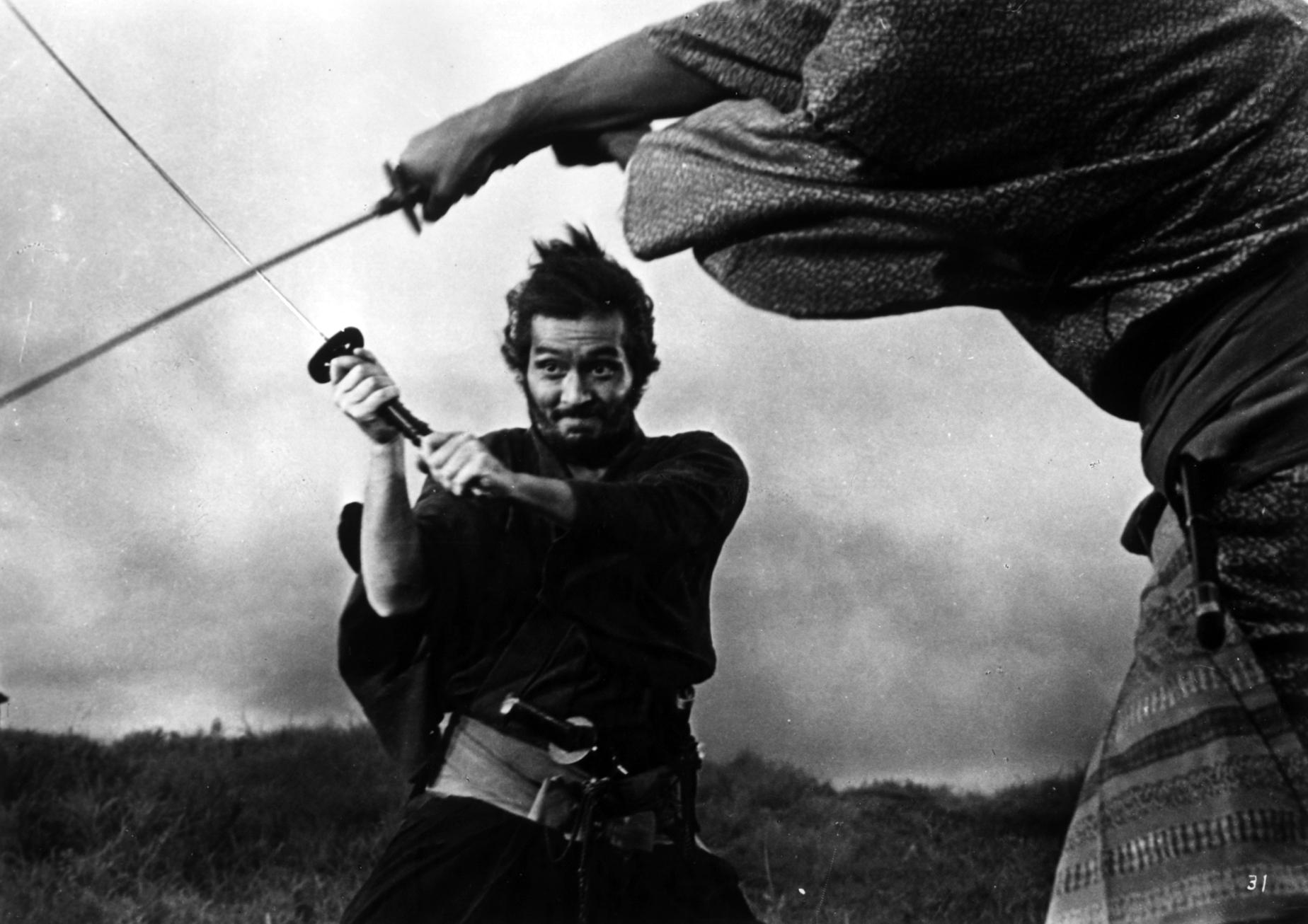
Tatsuya Nakadai has played in 11 features by director Masaki Kobayashi, and this is the one that has his best performance. Here he plays Hanshiro, a poor ronin whose son-in-law has forcefully committed harakiri by a feudal, inhuman and cruel shogun.
Hanshiro then takes revenge individually against authority, one person against all, not using a “hide and run and attack” strategy but attacks openly, as in a duel. At just 33, he has played the role of a father in his 50s, a poor, rebellious and brave ronin. Kobayashi has made many rebellious films and this is one of his most rebellious masterpieces.
1. Portrait of Hell (1969)
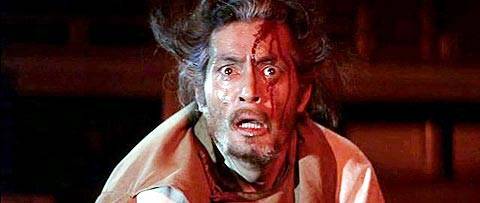
At only 37, Nakadai played the role of an egotistical old father of a young girl, which is probably the greatest performance of his career. Shiro Toyoda’s horror masterpiece is a chilling and terrible film with Nakadai as a Korean painter who fights with a ruthless daimyo using his extraordinary painting talent.
Just see how he threatens and shows fear to his helpers when he was trying to make a portrait of hell that is demanded by daimyo. He performed the role of a cowardly, compassionate, egotistical, uncompromising and revengeful person, which is the main part of this film.